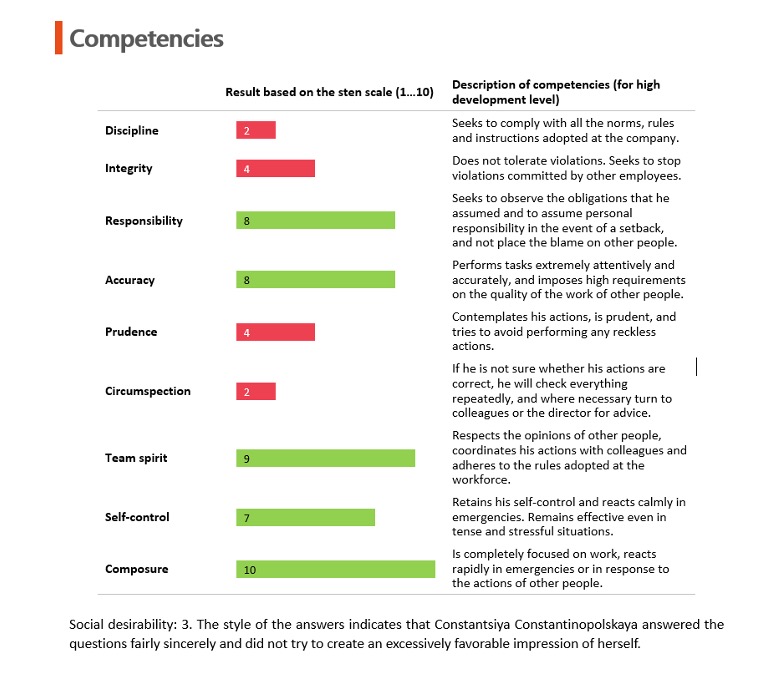Candidates and existing employees include people who have a propensity to break the rules and engage in unsafe behaviour.
If these risks are not identified, they will come to light during work sooner or later. And in that case it may already be late. Behavioural safety projects do not work if the wrong individuals are selected.
Online assessment tools make it possible to identify the risks of unsafe behaviour for candidates and existing employees.
This makes it possible to minimise the threat through the screening of high-risk candidates during the selection process, the relocation of high-risk employees from hazardous sites, the correct staffing of workforces so that managers and employees create together a high level of safety culture.
| Risk factor | Detech solution |
| Limited ability to understand safety instructions and rules | Gray battery test for production staff:
|
| Limited ability to assess risks in mechanical systems | Gray battery test for production staff:
|
| Propensity to unsafe behaviour | The DEEP Safety © questionnaire assesses the propensity of an individual to commit violations and engage in unsafe behaviour based on the following safe behaviour components:
|
| Inability to stand up to pressure | The DEEP Safety © questionnaire assesses:
|
| Assessed factors | Assessment tools |
| Abilities to work with information | Green battery tests, norm group “Mid-level managers”:
|
| Safety management competencies | The DEEP questionnaire [assesses] the following safety competencies:
|
| Leadership and subordination systems | The DEEP questionnaire assesses preferred leadership and subordination styles. This makes it possible to improve the effectiveness of the staffing of workforces and improve relations in the “leader-subordinate” system. |

[Translation of table: Baseline safety competencies:
Results based on the sten scale . Description of competencies (for a high development level)
Disciplined approach; Intolerance of violations; Responsibility; Accuracy; Caution; Stress resistance; Avoidance of conflict; Strives to comply with all the norms, rules and instructions adopted at the company. Strives to prevent violations committed by other employees; Strives to comply with the obligations that he/she has assumed and adhere to a planned action plan; personally assumes responsibility in the case of failure, without laying the blame on others. Performs tasks extremely attentively and accurately, imposes high requirements on the quality of work of other people. He/she contemplates his/her actions, tries not to perform reckless actions. Retains his/her self-control, reacts calmly to unforeseen situations. Continues to be efficient even in tense and stressful situations. Does not provoke conflict in the workforce.